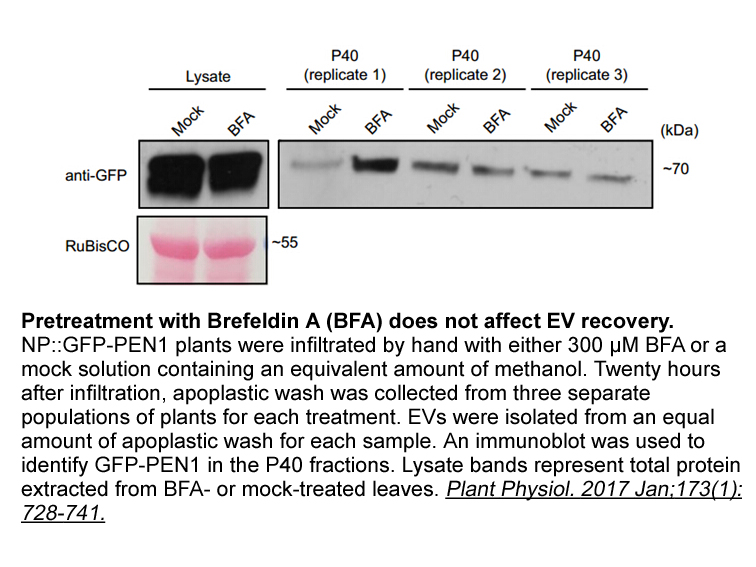Archives
br Funding This research was supported by a grant from
Funding
This research was supported by a grant from the Korea Health Technology R&D Project through the Korea Health Industry Development Institute (KHIDI), funded by the Ministry of Health & Welfare, Republic of Korea (grant number: HI14C1731) and funded by the Ministry of Education, Science and Technology (NNRF-2015R1D1A1A09057025) to MHK. Part of this work was supported by the “Brain Pool” program funded by the Korean Ministry of Science and Technology to VS.
Technology (NNRF-2015R1D1A1A09057025) to MHK. Part of this work was supported by the “Brain Pool” program funded by the Korean Ministry of Science and Technology to VS.
Author Contributions
Conflicts of Interest
Introduction
Major depressive disorder (MDD) is typified by depressed mood and loss of interest or pleasure in daily activities, whereas social anxiety disorder (SAD), often referred to as social phobia, is characterized by excessive and persistent fear in social or performance situations. Both are disabling emotional disorders that are highly prevalent (Kessler et al., 2005) and frequently comorbid, with the incidence of comorbidity ranging from 19.5% to >74.5% (Gorman, 1996; Ohayon and Schatzberg, 2010; Koyuncu et al., 2014). Depression is likely to co-occur with one form of anxiety, particularly SAD (Brown et al., 2001). Furthermore, depression and anxiety respond to the same treatment strategies; thus, it has been suggested that they share a similar etiology (Ressler and Mayberg, 2007). There have also been claims that a similar neural, presumably computational, architecture mediates of mood and anxiety symptoms (Martin et al., 2009).
Neuroimaging studies have shown similar neuroanatomical changes and distinct alteration patterns in MDD and SAD. Both gray aa-dutp volume (GMV) and cortical thickness were used. The GMV is a product of cortical thickness and surface area and is driven mostly by differences in the cortical surface area rather than cortical thickness (Panizzon et al., 2009). Cortical thickness reflects the size, density, and arrangement of neurons, neuroglia, and nerve fibers (Narr et al., 2005); thus, its measurement can provide important and relatively unique information regarding disease-specific neuroanatomical changes. Prior meta-analyses of voxel-based morphometry studies have shown the following chracteristics for anxiety and depression: a smaller GMV in the anterior cingulate cortex (ACC) and prefrontal cortex (PFC) in patients with non-comorbid depression (Du et al., 2012) and patients with non-comorbid anxiety (Shang et al., 2014); an increased GMV in the thalamus and cuneus in patients with non-comorbid depression (Peng et al., 2016a); and a reduced GMV in the middle temporal gyrus and precentral gyrus in patients with anxiety but without comorbid MDD (Shang et al., 2014). Greater GMV in the lingual gyrus, lateral occipital cortex, supplementary motor cortex, premotor cortex, precuneus, and angular gyrus have also been reported in SAD patients (Frick et al., 2014; Irle et al., 2014). A recent meta-analysis showed reduced cortical thickness in the orbitofrontal cortex (OFC), ACC, insula and temporal lobes in MDD patients (Schmaal et al., 2016). There are few cortical thickness studies of SAD patients, and only three original studies have reported cortical thickening in the left insula, right ACC and right temporal pole and cortical thinning in the right post-central cortex (Syal et al., 2012; Frick et al., 2013; Bruhl et al., 2014). However, the results of these studies may be confounded by the presence of medication and comorbid depression and anxiety.
To date, few neuroimaging studies have compared structural abnormalities in anxiety and depression, and none have compared MDD and SAD. One previous study indicated that the reduced volume in ACC was shared between depressive and anxiety disorders and that the inferior frontal cortex and lateral temporal cortex were disorder-specific for MDD and anxiety disorders, respectively (van Tol et al., 2010). Recent evidence suggests that the neural correlates of SAD differ from those of generalized anxiety disorder (GAD) and panic disorder (PD) (Blair et al., 2008; Buff et al., 2016). Thus, the results may have been confounded when PD, GAD and SAD patients were grouped together in that study. It is important to note that a direct neural comparison of non-comorbid MDD and SAD is necessary to identify both specific and general neural characteristics of these two disorders.